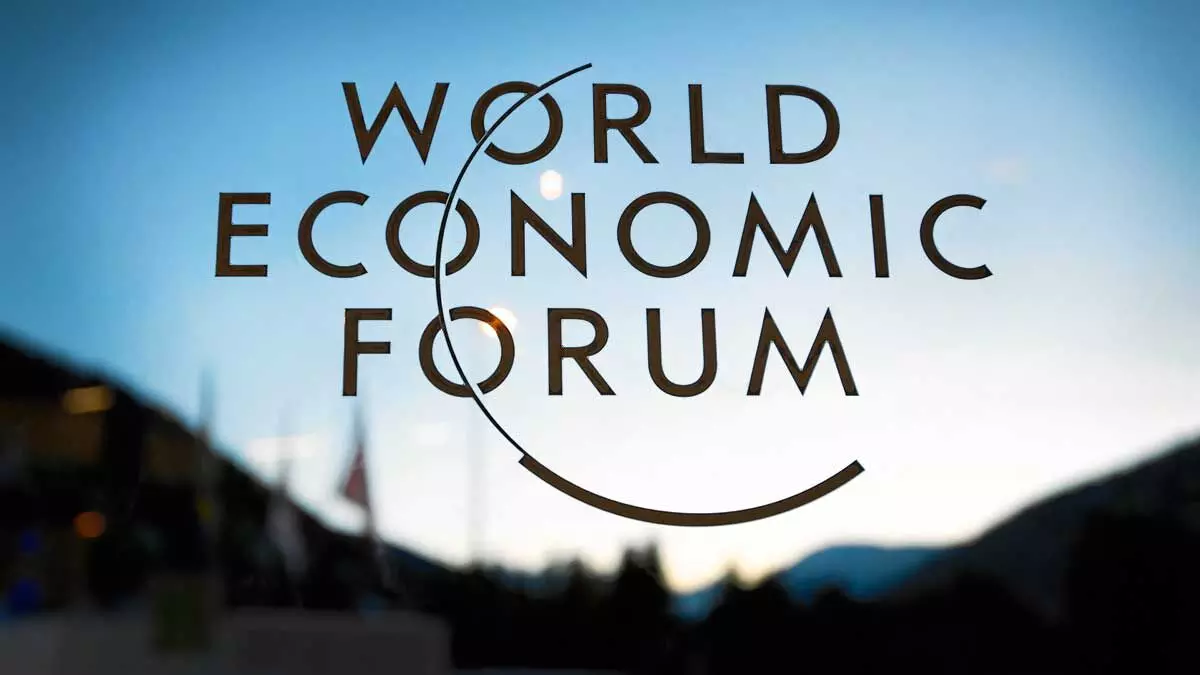Between perceptions and reality

In response to criticism from Indian officials regarding ‘flaws’ in its ranking system, the World Economic Forum (WEF) has assured that it will take the participation of women at the panchayat level in India into account when ranking countries for its next Global Gender Gap report. For context, the gender gap index is broadly used to benchmark countries on their progress towards gender parity in four key dimensions: economic participation, educational attainment, health and survival rates, and political empowerment. Regarding the political participation of women in India, the index takes into account the number of women who are presently members of the Union Cabinet and both houses of Parliament. In doing so, the list does not take into account women who participate in the administration of the various states and those working at the panchayat level. This, according to Indian officials, is a huge oversight on part of the WEF that has impacted India’s position on the 2022 Global Gender Gap report. India is ranked 135 out of 146 countries on the list, behind the likes of Bangladesh and Nepal. To clarify, India’s ranking in 2022 is an improvement over its ranking in 2021, when it came in at 140th rank. The Ministry of Women and Child Development has reportedly raised the issue of the index’s questionable criteria with the WEF multiple times in the last two years. The efforts have now apparently come to fruition with the forum not only promising to include data about the 1.4 million women in India elected to operate in local panchayats but has also promised to take a closer look at India’s gender budgeting system. For context, gender budgeting refers to the practice of preparing budgets with a perspective of gender. In effect, it is the practice of governments preparing budgets while keeping gender equality in mind. This practice does not mean creating a separate budget for women but rather refers to the government making specific allowances in the budget for affirmative action that seeks to address specific problems faced by women. India is reportedly the only country in the world to follow a gendered dispersal of funds under the 15th finance commission and the WEF has vowed to take note of this fact in all future editions of its gender gap reports. This change will not only serve to make the gender gap report more well-balanced, accurate and representative but is also a big win for India, particularly for those officials that feel that India is given the short end of the stick when it comes to a variety of global indices. From indexes looking at the state of democracy to those ranking the ease of doing business in the country, India has gained considerable unflattering coverage based on its ranking on such lists. Critics say that such lists are flawed in their methodologies or the information they use to derive their results. Still, others claim that these lists are part of a coordinated effort to defame India and its government. A study published last year by Sanjeev Sanyal and Aakansha Arora, members of the Economic Advisory Council to the Prime Minister, noted that many such lists and reports cherry-pick certain media reports to draw conclusions and make use of opinions of ‘unknown’ experts. In particular, the study concluded that these indices lacked transparency in regard to the experts consulted, omitted important questions and made use of vague ones and generally had serious problems with the methodology being used. While such ‘subjective’ lists may generally be ignored, the report noted that these indices do have significant implications, with many of these indices serving as inputs for the World Bank’s Governance Indicators, which, in turn, have up to 20 per cent weightage in sovereign ratings which determine the creditworthiness of a nation. With all that said, it is important to state that getting a high rank on such indices, while undeniably important, must not be reduced to a simple exercise in getting good optics. While there are reportedly many women across India with varying degrees of involvement in governance at local, state and national levels, this representation must manifest itself in other indicators as well. Growth in female representation in politics must be reflected in a reduction of crimes against women, an increase in educational attainment, health outcomes, economic mobility, etc. Only then can any claims of increased female representation in politics be stated to have some merit behind them. After all, it should be noted that, ideally speaking, the point of most such indices is not to generate bad publicity for the nations being ranked but to rather offer a constructive assessment of problems faced by a nation and the progress being made to address the problems in question.



